Wv shooter
Well-Known Member
Don't do it ever !!!!!! Have a good day
 Help Support Long Range Hunting Forum
Help Support Long Range Hunting Forum
Don't do it. Will not affect accuracy except to make it worse and will waste a lot of time. Best barrels, best components and good gear that is properly used will make good ammo and ultimately good accuracy and precision.Hi to all
Did have somebody any experience with this ?
A reloader guy told me to try to make hole larger ( 3 mm - 3.2 mm ) between primer chamber to powder chamber on the brasses and to use CCI BR primers.
What do you think ?
Will help on something ?
I mean accuracy or other + things
Or will make something wrong to the gun or the bolt ?
For me i have interest for this calibers:
30-06
300wm
Wow, I'm suprised a publication to suggest something that could land them in a law suit if someone loses half their face!I was just reading about that subject in "ABCs of Reloading" book. They say that enlarging primer pilot hole will result in faster ignition and more pressure. That makes sense to me so I have to agree that messing with pilot hole diameter is a bad idea. The book also advises against it
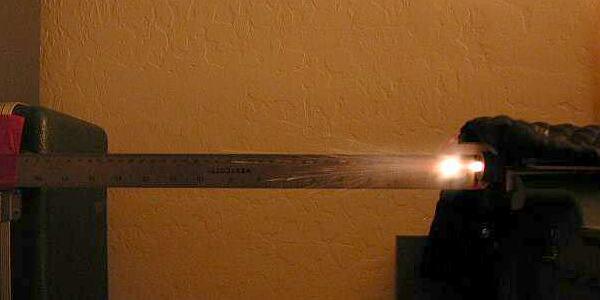
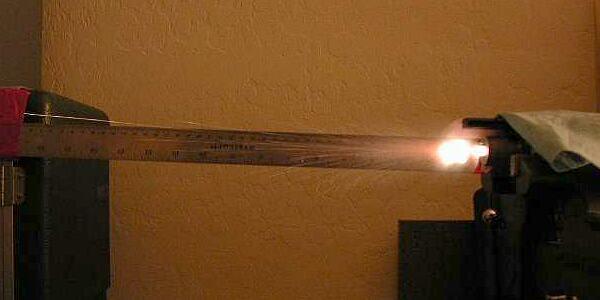
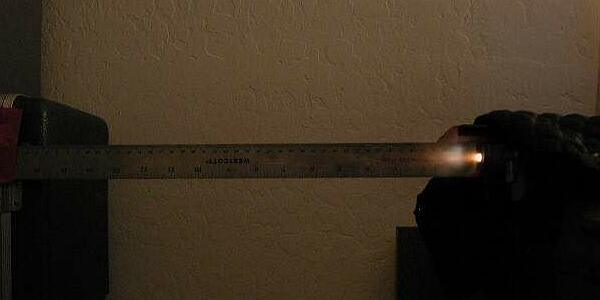
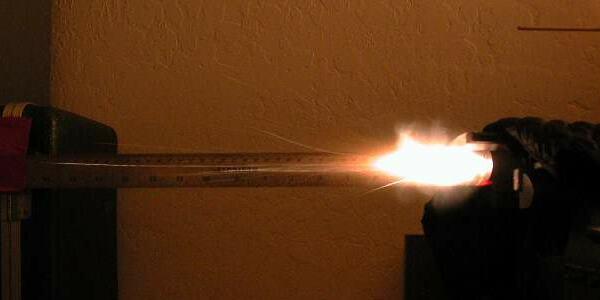
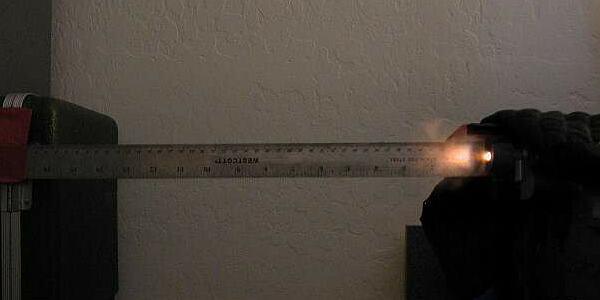
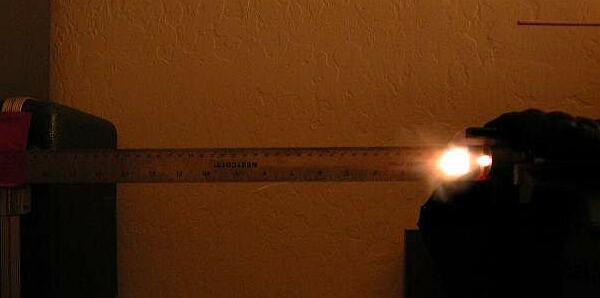
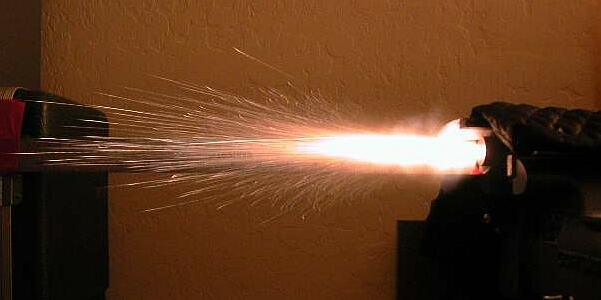
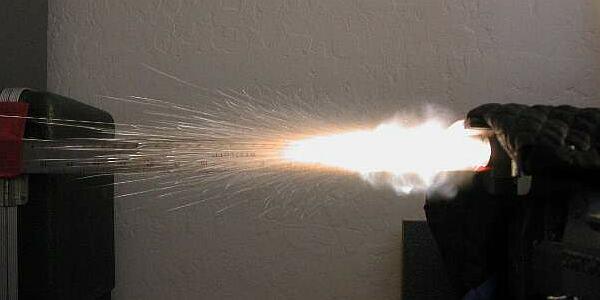
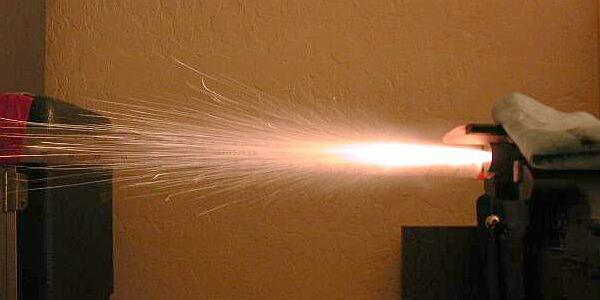
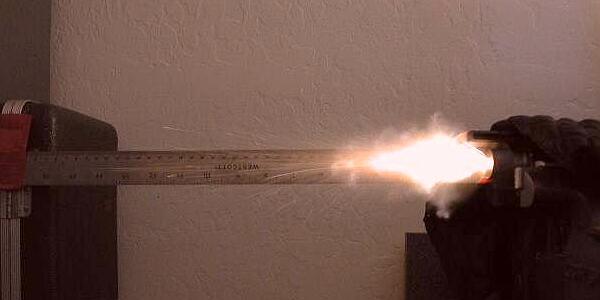
I also have done the same with great success. Now that most of my brass is ADG,Lapua, Alpha or Peterson I no longer have to do this.there is a minimum and maximum Flash hole diameter.
best I can tell the below is correct:
with that being said I have took a drill bit with this diameter and checked all my brass flash holes for consistency.
if they are to big I trash the brass if they are to small I will enlarge to meet the spec.
just want everything consistence.
with that said if you buy good brass you
typically don't have to worry about it.
SAAMI spec. for rifle cases using the large primer is 0.078" - 0.082"
Small primer pocket rifle and pistol cases use a smaller flash hole size of .074" - .078"